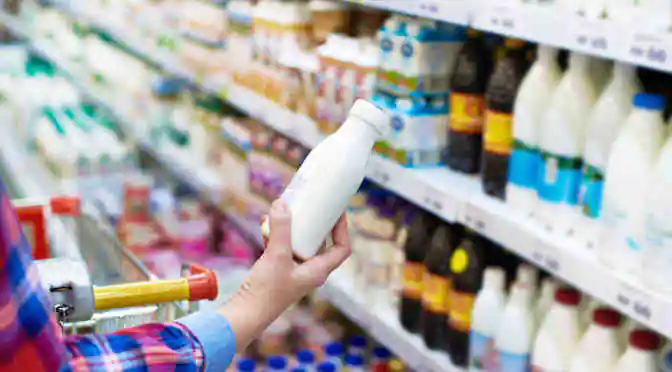In a survey conducted by Apparel Magazine, 36% of customers said that self-service checkout is the technology that would make their shopping experience easier.
This placed self-checkout just behind the ability to check stock at other stores and online easily, which 40% of respondents indicated would make their retail life better.
Which of the following in-store technologies would make your shopping experience better?
Source: Statista, Apparel Magazine; PwC
It turns out that, as consumers, we’re either rushed, lazy or just plain anti-social (or all three), which is inspiring retailers to install self-checkout terminals to facilitate our shopping experience.
In 2014, the global self-checkout terminals market had a total base of 192.3 thousand installed units, and this is expected to increase to 345.2 thousand units by 2019, growing at a CAGR of 12.41%.
Technavio analysts have narrowed down the top four drivers encouraging retailers to install self-checkout terminals:
Need to minimize queues and time spent at checkout
This one is a no-brainer—self-checkouts work in favor of both customers and retailers.
Customers save time, and the stores themselves can serve more people (and make more money) by providing alternative checkout options.
Reduced labor costs
Despite the high initial investment required to install self-checkout terminals, the machines end up paying off for retailers in reduced labor costs.
It can also help increase the quality of customer engagement and customer service, since staff can be taken off cash in order to interact more (and hopefully better) with customers.
Shifting lifestyles
According to the United Nations, 746 million people lived in urban areas in 1950. By 2014, this number ballooned to 3.9 billion. 66% of the world population is expected to live in urban areas by 2050.
This rapid increase in urbanization, especially in countries like China, India and Russia has driven some serious changes in lifestyle.
Additionally, more and more women in emerging economies are joining the workforce, creating more dual-income households and more disposalble inome.
Consumer purchasing power and living standards have also increased, which has caused a growth in organized retailing. An increase in the number of customers has led to the need for convenience in shopping, compelling the retailers to adopt options such as self-checkout terminals.
Growing demand from retail sector
The adoption of self-checkout terminals, especially in the retail industry, has been increasing at a rapid rate. In 2013, Wal-Mart installed 10,000 self-checkout terminals in more than 1,000 stores in the US.
Further, countries in APAC and Europe are witnessing rapid growth in the number of modern retail, grocery, and convenience stores. Technavio expects the adoption of self-checkout terminals to keep pace with the growth of convenience stores.



